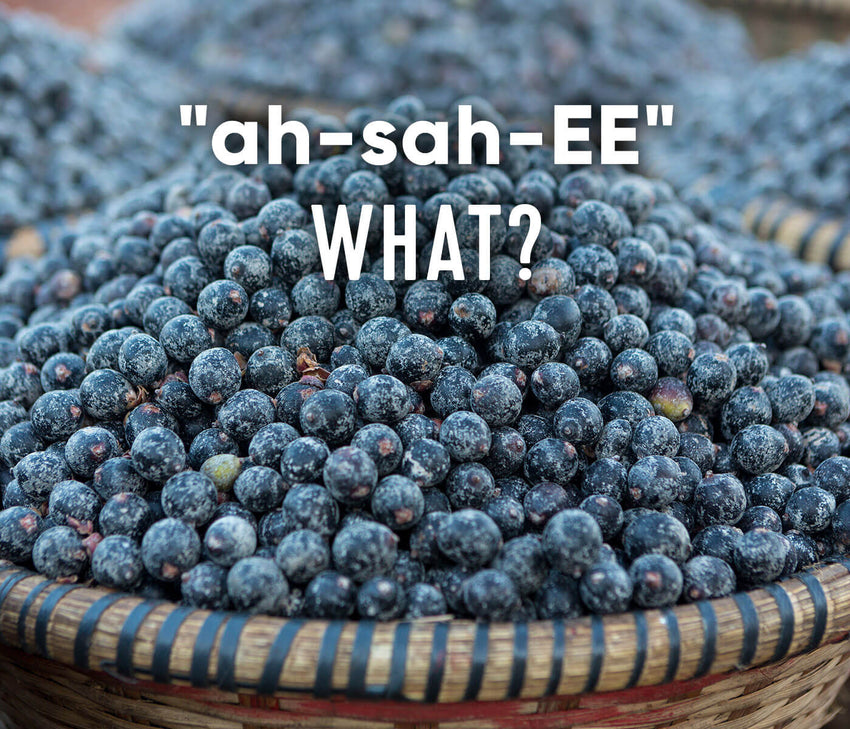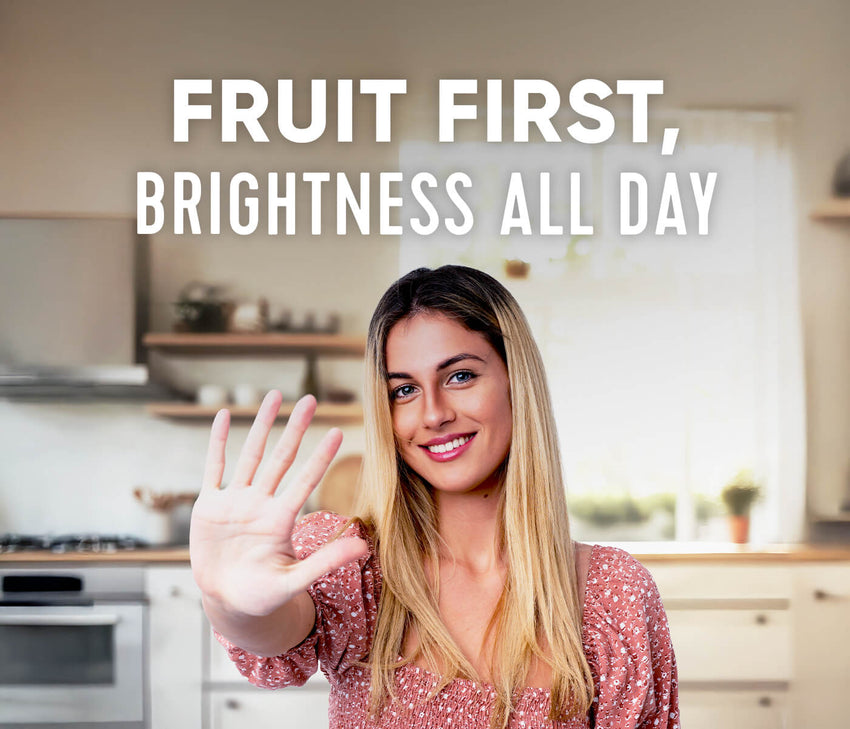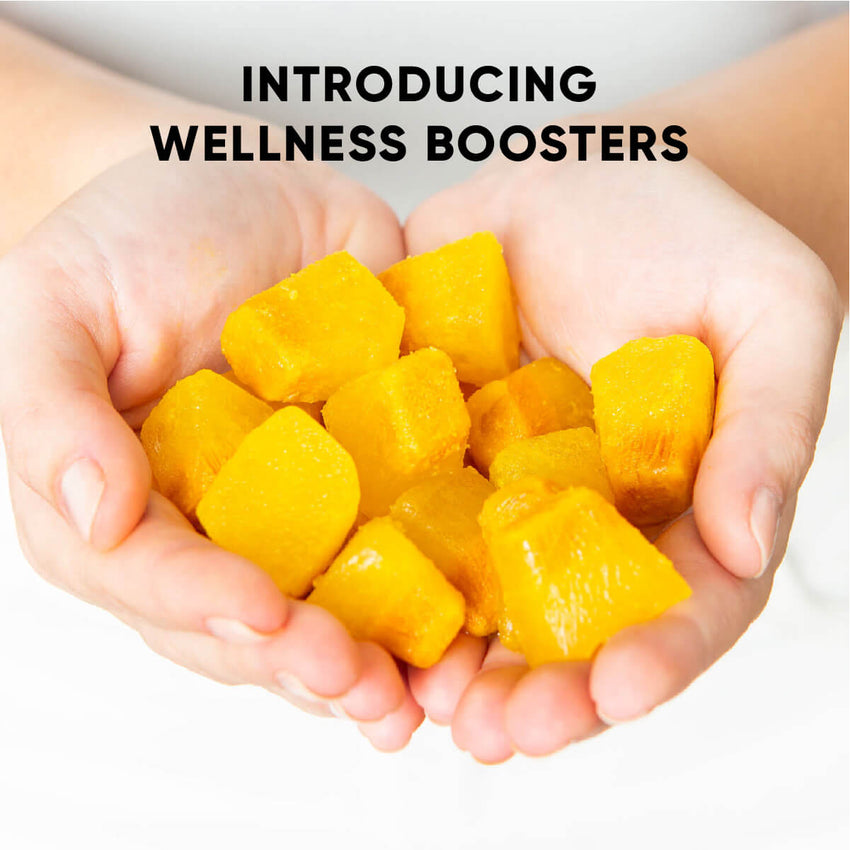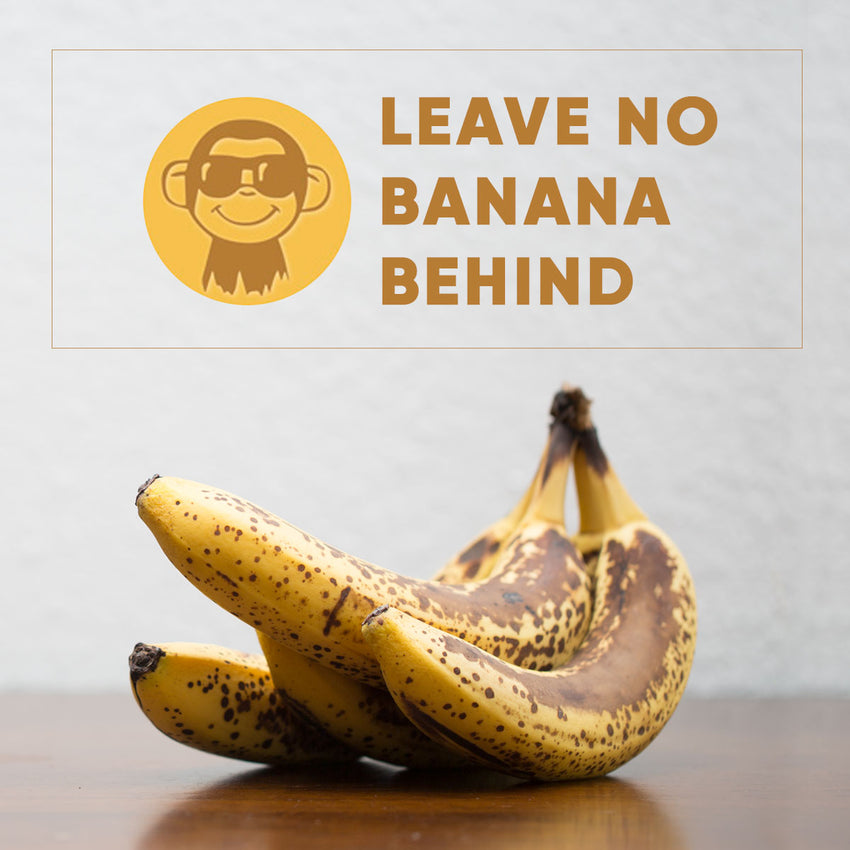Our team had the incredible opportunity to travel deep into the Brazilian Amazon (South America) to visit one of our acai farms and the local communities who harvest acai berries, the fruit we all know and love. The journey itself was an adventure... two seven-hour flights to São Paulo, a connection to Belém, three hours on the road (half of it on dirt paths), and finally a 20-minute boat ride along the Amazon River to reach one of the most remote and beautiful places imaginable.
What we found there was not just where acai grows, it is where acai lives, rooted in community, culture, and the rhythms of the Amazon rainforest. You will often see the fruit spelled “Açaí” (pronounced ah-sigh-ee) in Brazil, but most people in the United States simply type “acai.” No matter how you spell it, this small purple fruit carries big meaning.

Life by the River
Along the winding waterways of the Amazon Basin, small, tight-knit families make their homes among the acai palm trees. These palm trees are essential to both the forest and the people who live here. Each family maintains harvesting rights to nearby forest areas, a tradition passed down for generations through sustainable management and care for their natural resources.
They organize into associations to coordinate the harvesting season, ensure safety, and negotiate fair pricing. This structure keeps income within their indigenous communities and supports a healthy, traceable supply chain. Life here follows the rhythm of the acai harvest. When the river rises, families move their boats between groves to gather fruit, showing just how deeply their lives are intertwined with this remarkable ecosystem.
The Art (and Effort) of Harvesting Acai
Harvesting acai in the rainforest is both a skill and a physical challenge. The berries grow in long clusters high atop slender palms that can reach up to 80 feet tall. Skilled harvesters, often using handmade climbing straps called peconhas, scale each trunk to cut the heavy fruit bunches during the harvest acai season, which typically peaks from July to December.
Once collected, the raw material is poured into baskets and transported by canoe to the nearest port. From there, the fruit travels by truck to regional processing facilities where it is quickly turned into acai pulp to preserve freshness. Because the acai fruit contains a large seed and thin skin, it must be pureed before use. That is what gives us the rich, purple base behind countless acai bowls and acai products enjoyed around the world, including right here in the United States.

Acai as a Way of Life
In these riverside villages, acai is not just a superfood... it is daily sustenance. Families eat it almost every meal, typically pureed and unsweetened alongside fish, rice, or manioc flour. Beyond nutrition, it is part of their identity. The income from selling acai berries supports families, funds schooling, and strengthens local economies. We even spotted a small “school boat,” a wooden canoe ferrying children to class, proof that life and education flow with the river.
Many harvesters we met spoke proudly about working with local cooperatives that emphasize sustainable harvesting. These efforts not only protect biodiversity but also promote social responsibility, ensuring that indigenous peoples and small farmers can thrive while maintaining the health of the Amazon rainforest.

From River to Bowl
Each basket of freshly gathered fruit represents teamwork, tradition, and respect for the forest. When you enjoy an acai bowl or smoothie, you are tasting a journey that began thousands of miles away. From the shaded groves of Euterpe oleracea palms in the Brazilian Amazon to smoothie shops in California, every spoonful connects ecosystems, cultures, and communities.
Modern food systems depend on global connections, but few are as naturally regenerative as acai. These palms are a renewable natural resource that thrive in mixed forests, helping store carbon and stabilize riverbanks. For every finished product on grocery shelves, there is a story of resilience and environmental stewardship behind it.

Gratitude from the Ground Up
We left the Amazon with full hearts and deep gratitude for the families who welcomed us. Their work ensures that this sustainable supply chain keeps forests standing and communities flourishing. Seeing firsthand how acai supports local livelihoods reinforced our purpose — to celebrate this extraordinary fruit while protecting the environment it comes from.
From seedling to smoothie, acai farming is a living example of balance between people and planet, between prosperity and preservation. By supporting ethically sourced acai, we are helping build a future where the Amazon River keeps flowing, the palm trees keep thriving, and the communities who nurture them continue to prosper.
Curious to learn more about this incredible fruit? Read our article on what Acai is or explore our favorite acai recipes and smoothie ideas inspired by the Amazon.







